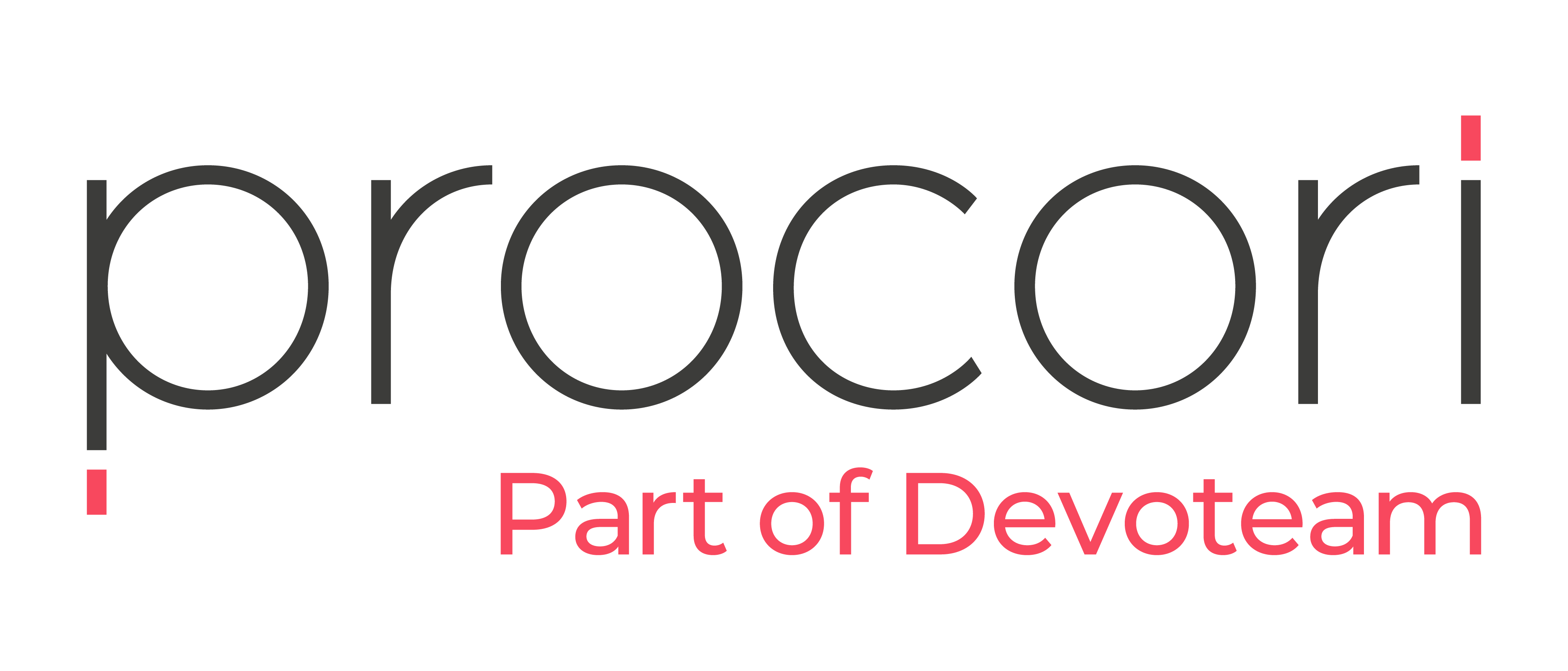The journey of change enablement has evolved significantly over the years. Initially, it involved simple processes like filling out a Word document and getting managerial approval. However, as industries grew more complex, so did the change management processes.
ITIL and Change Enablement
The ITIL framework has undergone changes, with ITIL 4 now referring to change enablement as change management. This shift has caused some confusion on what terminology to use. Still, the core objective remains the same: to maximise the number of successful service changes by properly assessing risks and managing the change schedule.
Key strategies for effective Change Enablement in ServiceNow
- Simplify Processes: Overly complex processes can hinder efficiency. Simplifying change enablement processes, especially in regulatory environments, can lead to better outcomes.
- Use of Change Models: Transitioning from standard changes to change models can offer better workflow capabilities and automation possibilities. This approach allows for unique fields and improved task workflows.
- Risk Management: Proper risk assessment is crucial. Companies often struggle with poor risk definitions. It’s essential to document risk models and ensure they are well understood and implemented.
- Decentralised Approvals: Decentralising the approval process can lead to faster and more efficient change management. Local technicians should handle low-risk changes, while high-risk changes may require senior management’s attention.
- Addressing Long Lead Times: Long lead times can clutter the environment and reduce focus. It’s essential to ensure that development work is completed before the change enablement process starts. This approach helps maintain shorter lead times and reduce process complexity.

If you want to have a lower failure rate in ServiceNow, you should try to improve your frequency and change lead times. And the way to do it is actually to create smaller changes with lower risk.
Regulatory Requirements
Managing regulatory requirements can be challenging, especially in industries like nuclear or pharmaceuticals. It’s advisable to split regulatory requirements and apply them only where necessary. Change models can support this by creating specific models for different regulatory needs.
Post-Implementation Review
A post-implementation review is crucial for connecting incidents to changes and identifying areas for improvement. Implementing a warranty period can help in automatically closing changes that did not cause issues, thus streamlining the process.
The Role of AI in Change Enablement
AI is becoming increasingly important in change enablement. It can help in analysing failed changes, predicting incidents caused by changes, and improving overall risk assessment. However, implementing AI requires a robust data model and good data quality.
ServiceNow offers many AI features that could support your change management processes, such as:
- Change summarisation
- Detecting incidents caused by change
- Impact and risk analysis
Conclusion
Effective change enablement requires a combination of simplified processes, proper risk management, decentralised approvals, and the strategic use of change models. By addressing common pitfalls and leveraging ServiceNow AI, organisations can enhance their change management processes and achieve better outcomes.
See our recent webinar led by Henrik Lukkarila for more insights and tips. Or get in touch with our team!

